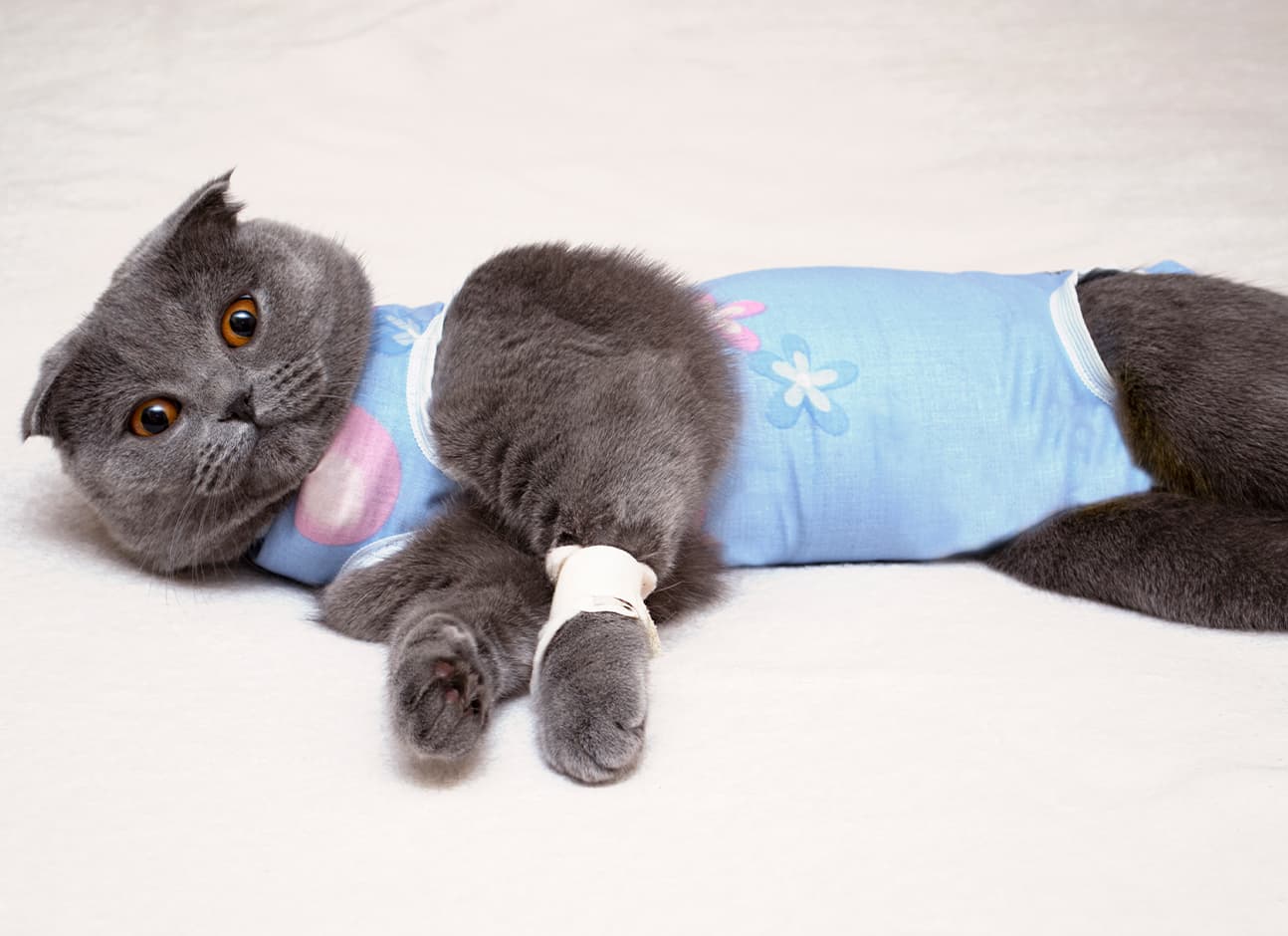Much like in their human counterparts, feline physical rehabilitation is geared towards enhancing physical mobility and to increase the rate of healing and recovery. What makes physical rehabilitation more desirable is that it minimizes pain in your feline friend depending on the severity of the condition.
Your cat may require physical therapy for a number of conditions including patellar luxations, fractures, intervertebral disc disease (IVDD), cruciate ligament tears, arthritis, and obesity. Physical rehabilitation may also be needed after corrective surgeries (for hip dysplasia or trauma) to help strengthen their muscles and improve their mobility.
What is included in feline rehabilitation?
Feline physical rehabilitation comprises a number of therapeutic interventions that can yield positive outcomes in your pet’s recuperation and healing process. Some of the therapeutic modalities include manual therapy, thermal therapy, cryotherapy, and underwater treadmill therapy as well as remedial exercises.
Manual therapy includes soft tissue massages, stretches, light movements, heat-cold therapy, and joint manipulations that help to reduce pain and improve mobility. Thermal therapy involves the application of heat to minimize pain and muscle spasms. It improves blood circulation and enhances oxygen and nutrient supply which boosts healing. However, heat should not be used in the case of severe injuries because it can exacerbate the condition.
Cryotherapy involves using a cold pack on an injured region in your cat’s body to reduce inflammation and pain. Underwater treadmill therapy utilizes the healing properties of water to treat soft tissue injuries, postoperative fractures, osteoarthritis, muscular weakness, neurological impairments, and so on. Certain therapeutic exercises such as running, uphill and downhill walking, can help mitigate long-term physical damage and injury, and improve muscle mass.
Feline physical rehabilitation is continually gaining prominence in the field of animal physiotherapy which helps to improve your cat’s quality of life and overall wellbeing. You can reach out to your veterinarian to learn more about physical therapy for cats.
Help your pet put their best paw forward with our Physiotherapy treatments. Find out more today!
